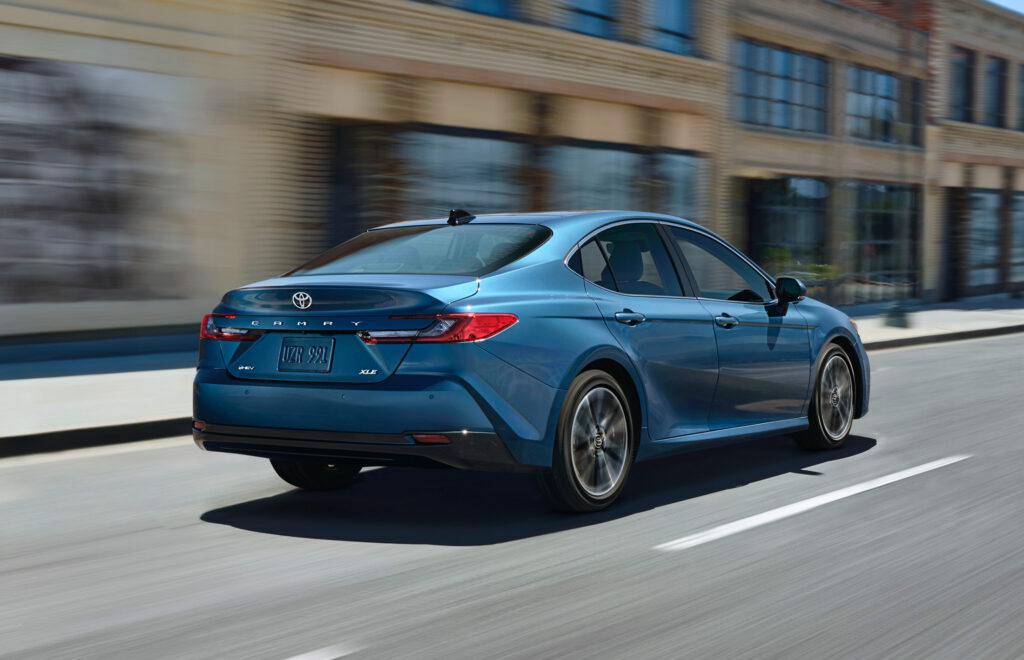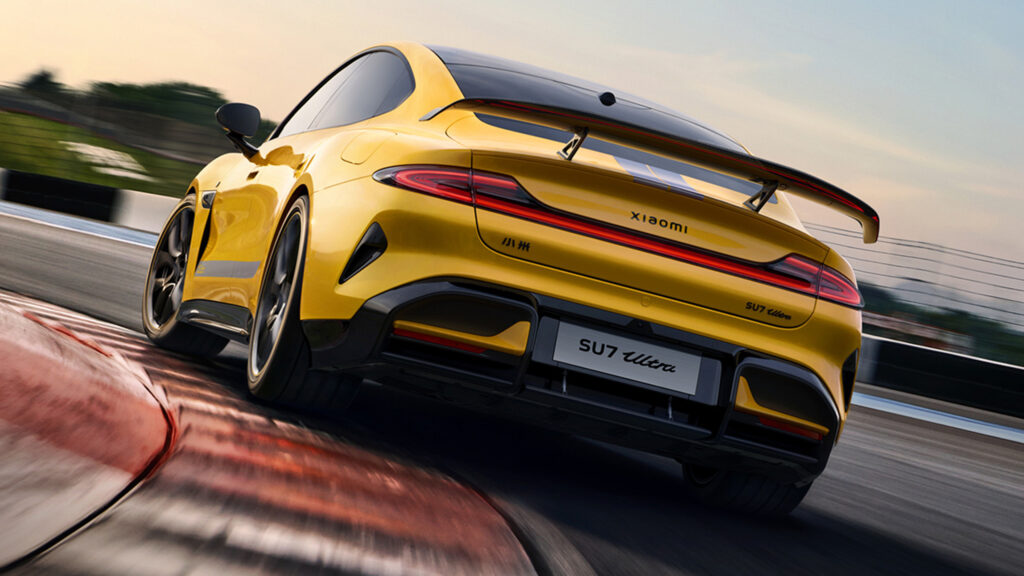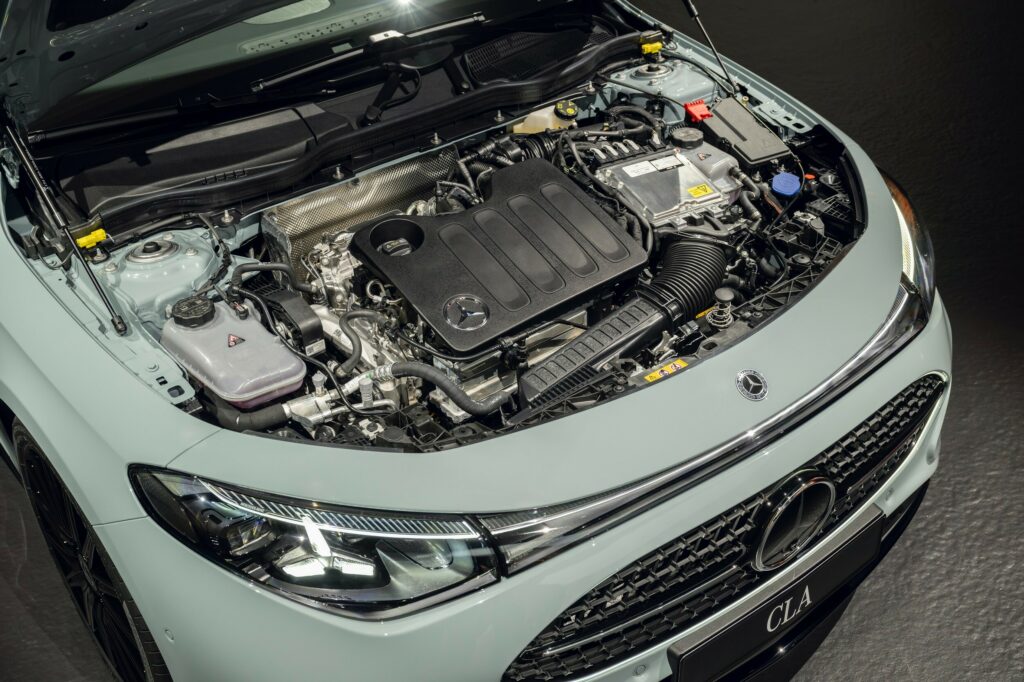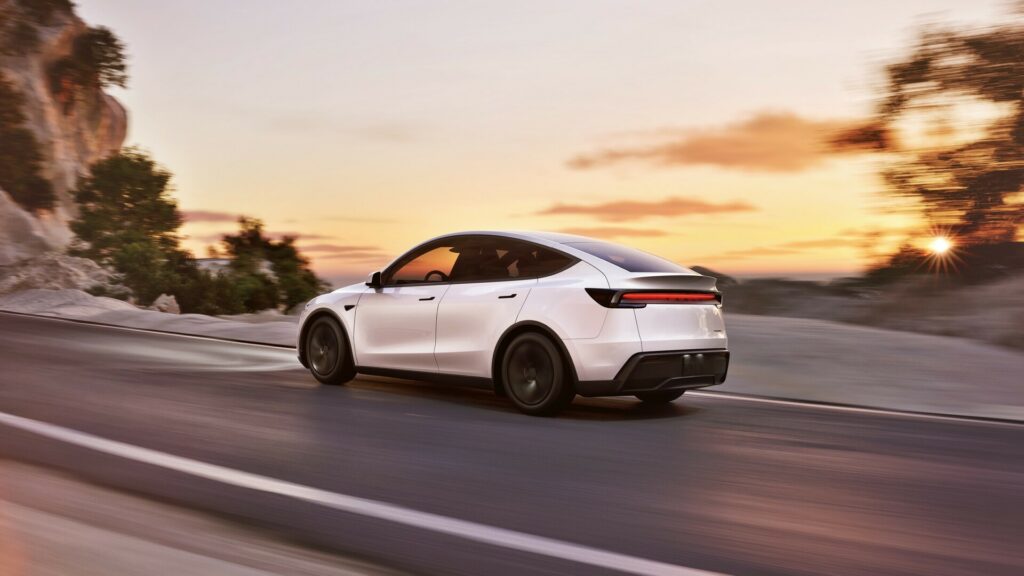Ford Challenges Tesla With Hands-Free Driving For Mass Models In Europe
- Ford’s BlueCruise expands to the Puma, Kuga, and Ranger in Europe.
- It enables hands-off, eyes-on driving across 135,000 km of highways.
- Available from spring 2026 within the optional Driver Assistance Pack.
Ford is widening the reach of its “hands-off” driving tech, showing just how quickly features once kept for top-tier models are filtering into everyday vehicles. BlueCruise now targets the brand’s most accessible SUVs in Europe, giving buyers a taste of advanced driver assistance without having to climb the price ladder.
Besides the Puma and the fully electric Puma Gen-E, the system will soon be offered on the Kuga compact SUV and the Ranger PHEV midsize pickup as part of an optional Driver Assistance Pack.
The BlueCruise made its European debut with the Mustang Mach-E in 2023, before gradually expanding from the UK to 16 countries across the continent.
More: Ford Racing Is Readying A Secret ‘Road Car’ For January
Starting from spring 2026, Ford’s small and compact SUVs and its midsize pickup will also be offered with the hands-free system. That leaves only the VW-based Capri and Explorer EVs, the Transit/Tourneo range, and the ICE Mustang without access to the technology.

The BlueCruise, which is based on the Intelligent Adaptive Cruise Control, allows the driver to take their hands off the wheel while keeping their eyes on the road. It manages acceleration, braking, and steering, with cameras and sensors monitoring traffic, lane markings, and even the driver’s gaze and head position to ensure attentiveness.
More: Ford’s Ranger Street Truck Just Got Louder And Greener With New PHEV Punch
In Europe, the BlueCruise can be activated on over 135,000 km (84,000 miles) of highways, which are marked as “Blue Zones”. For example, one could use it to travel from Stockholm to Rome, covering 2,000 km (1,500 miles) across six countries and totaling around 25 hours of hands-free driving.
Globally, Ford and Lincoln owners have logged over 888 million km (552 million miles) using BlueCruise-equipped vehicles. However, the majority of those were most likely covered in North America.
The company says that the tech will be available in “selected new model year vehicles” of the Puma, Puma Gen-E, Kuga, and Ranger PHEV starting in spring 2026. Subscription options and pricing for the Driver Assistance Pack will be announced closer to that date.
The BlueCruise is currently available in select European markets, including Austria, Belgium, the Czech Republic, Denmark, France, Great Britain, Germany, Greece, Hungary, Italy, the Netherlands, Norway, Poland, Portugal, Spain, and Sweden.



















